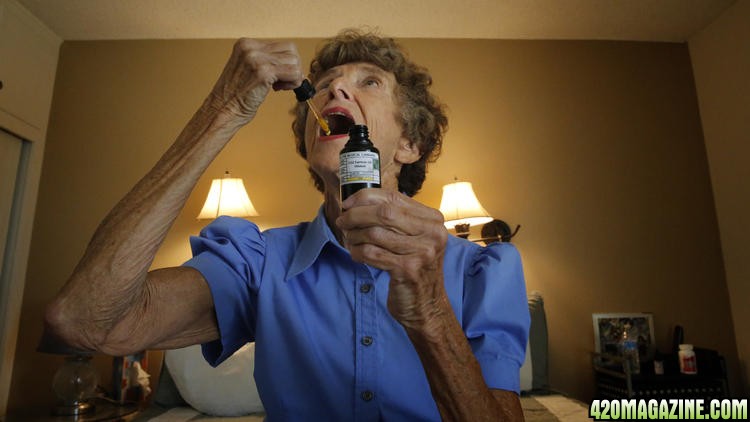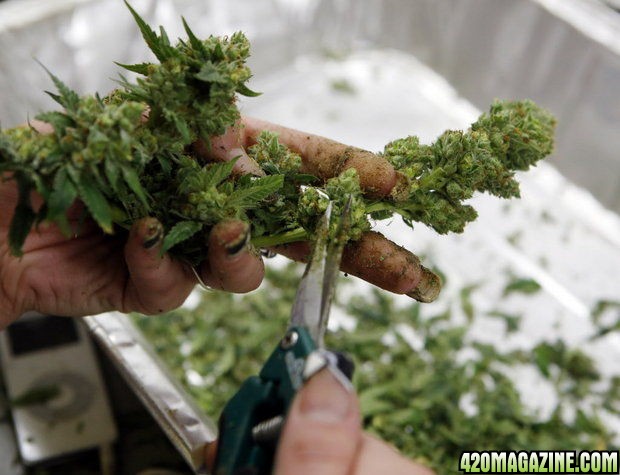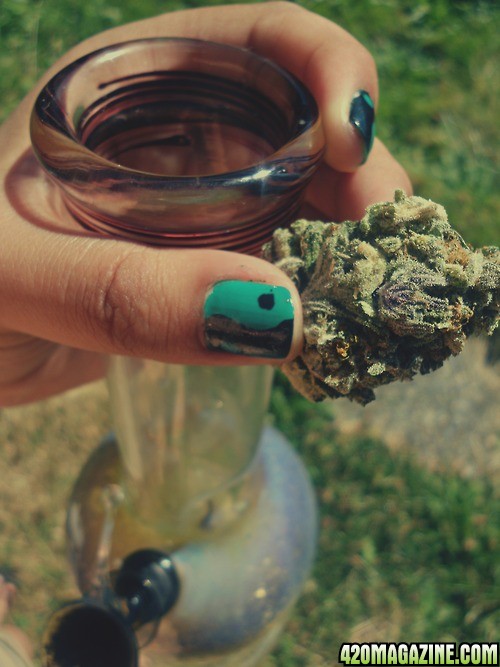- Thread starter
- #461
420RedHead
New Member
A recent study in the journal PLOS One found that in states that legalized medical marijuana between 1990 and 2006 the crime rate either remained the same or decreased. Another study looked at the Lambeth borough of London, which depenalized cannabis for 13 months in 2001 - 2002. The study found that this actually reduced other types of crime, because Lambeth police could focus their energy elsewhere. These results fit with common sense. Cannabis has a range of effects on mood and behavior, but they don't include violence, impulsivity or other traits that would turn otherwise law abiding citizens into criminals.























